How to Insulate a Garage Door
If you are planning on spending more time in your garage, then you should probably ensure the room is well insulated, not draughty and comfortable to be in. That all starts with insulating your garage door. We have put this blog together to answer some of your most commonly asked questions about how to insulate a garage door.
If you would like to skip straight through to our step-by-step install guide you can click on the link opposite.
Below are some hints, tricks, tips and some of your most FAQ. If you can find an answer to your question please get in touch.
Common Garage Door Insulation Questions
Some of the most common questions we get asked concerning insulating a garage door are;
- How do I insulate a garage door?
- Should I insulate my garage door?
- Is it difficult to insulate a garage door?
- What’s the best type of insulation to use for a garage door?
Should I Insulate My Garage Door?
Installing garage door insulation will not only help you to keep warm when you use your garage, it will also increase savings on heating bills for your entire property.
Installing garage door insulation will not only help you to keep warm when you use your garage, it will also increase savings on heating bills for your entire property. Uninsulated garage doors increase your heating bills as they allow space for cold draughts to enter your home, which constantly draw heat from your property.

Benefits of Insulating a Garage Door
Insulated garage doors have the advantage over uninsulated garage doors in that they:
-
Boost thermal efficiency
-
Reduce energy bills
-
Reduce carbon emissions
-
Stop garage door draughts
-
Reduce street noise entering the house
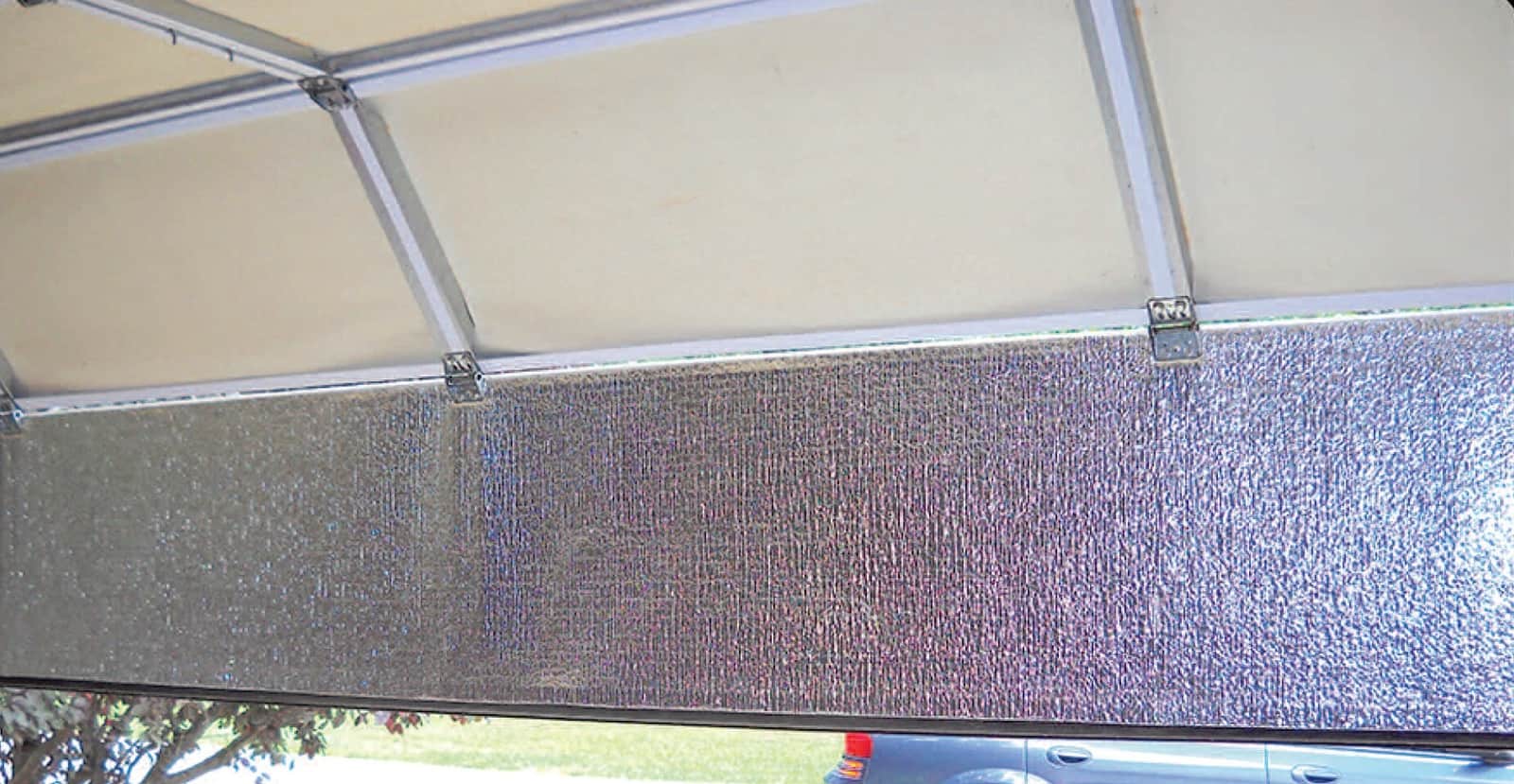
Types of Garage Door Insulation
There are a few different types of garage door insulation, the most common types being:
- Polystyrene foam
- Panel insulation
- Reflective foil insulation
While it is probably possible to insulate a garage door using fibrous insulation, it is not very practical and very seldom done.
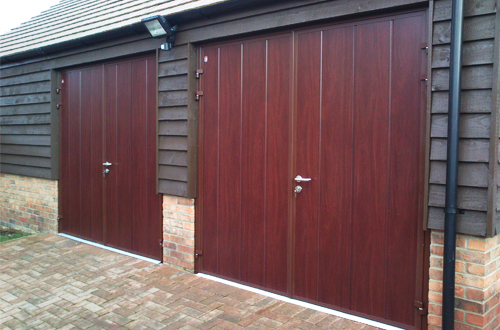
Lightweight Garage Door Insulation
Choosing insulation that is lightweight and thin is extremely important when you decide to install insulation on a garage door.
If the insulation is too bulky or heavy it will cause problems for the lifting mechanisms and the door runners. Lightweight materials should weigh less than 200g per m2 to ensure they don’t damage the running gear of the door.
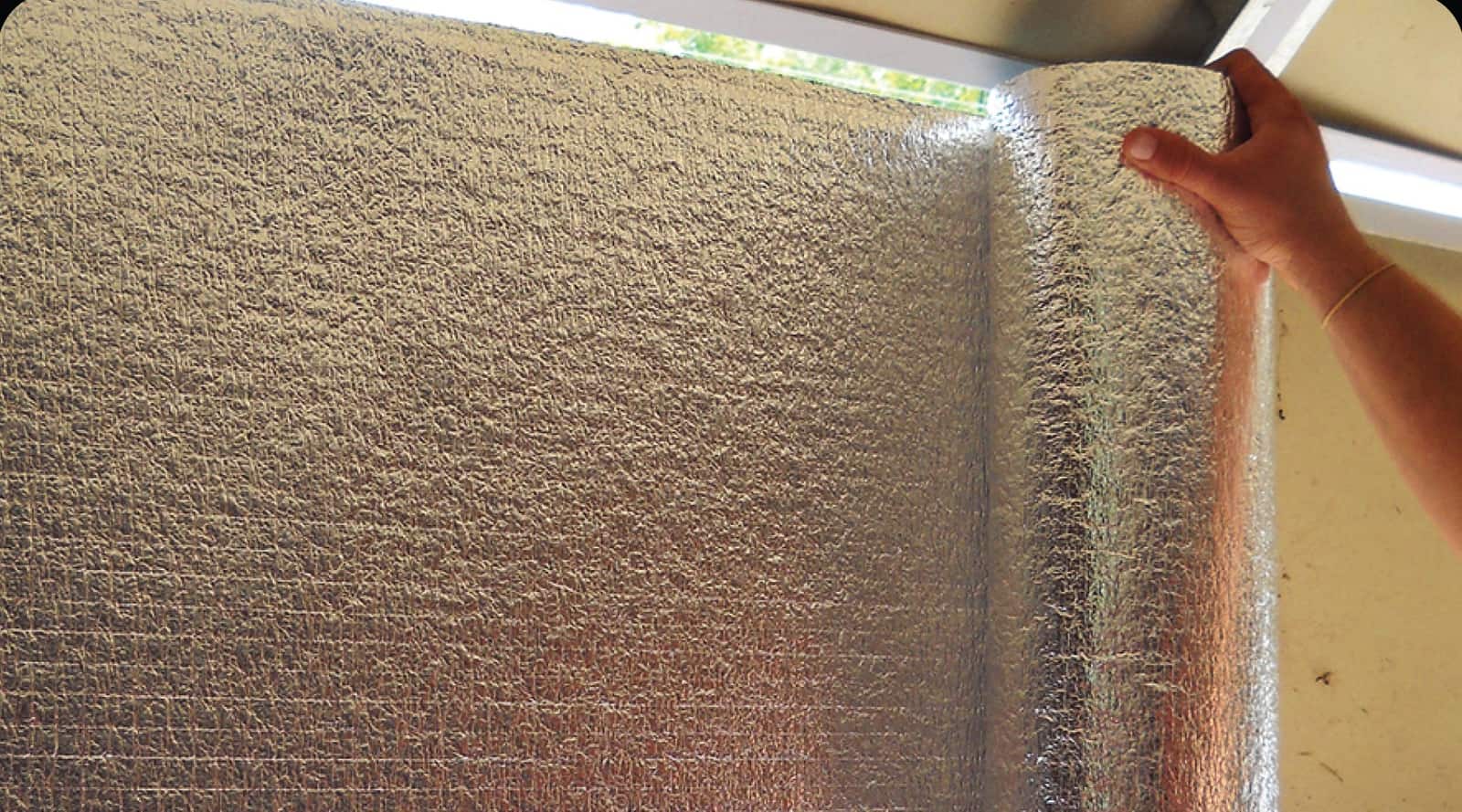
What is the Best Type of Insulation for a Garage Door?
Reflective foil insulation is probably one of the best materials to insulate a garage door. Along with being lightweight, they are usually:
- Quick and easy to install
- Effective at reducing draughts
- Easy to clean
- Sound deadening
Do not be fooled by Mylar products (left). Metallic plastic may look ‘shiny’ and be good at reflecting light but they do not reflect heat in the same way as aluminium. That is why they are so cheap, the ‘foil’ surfaces break down, they delaminate and tend to have poor fire ratings.
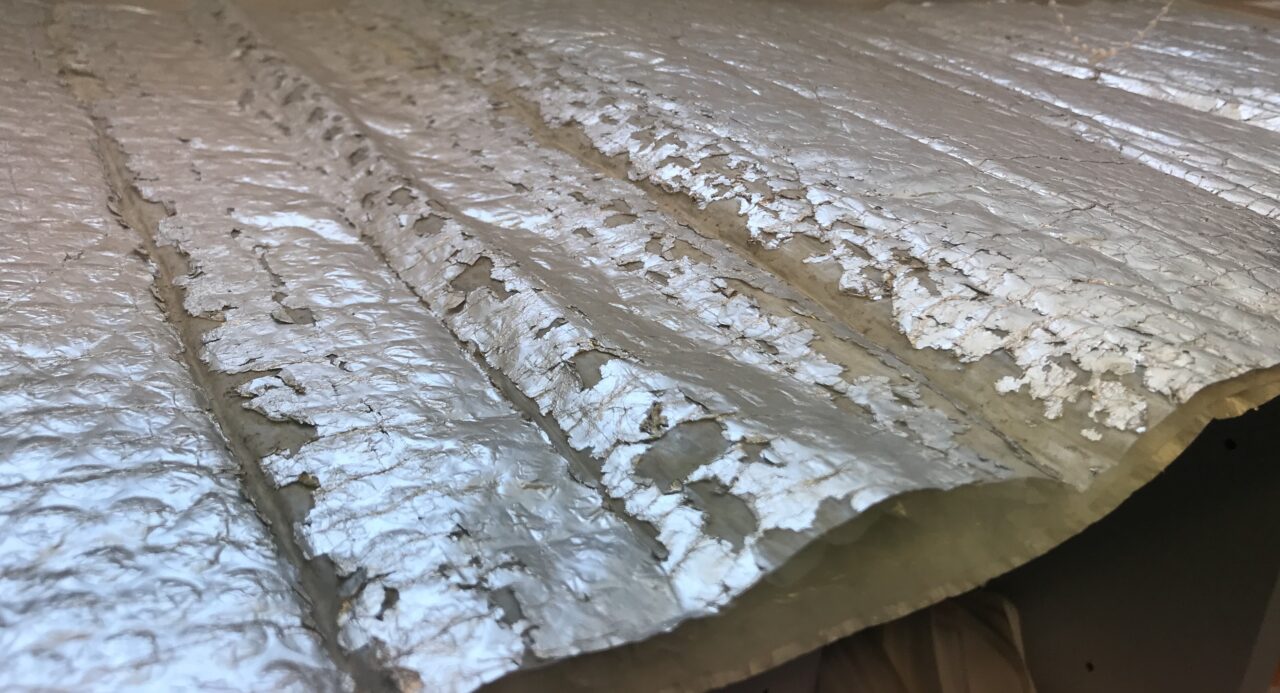
Insulate a Garage Door for all Climates
Uninsulated garage doors are vulnerable to temperature issues all year round. Throughout the Winter, homeowners battle with heat loss and during the Summer, homeowners struggle with keeping the heat out.
To counter this problem and keep heat in and out, a solution would be to use reflective foil. This insulation is perfect for both Summer and Winter as it has the ability to resist all three types of heat transfer
- Conduction
- Convection
- Radiation
Is Insulating a Garage Door Difficult?
This depends on the type of garage door and the type of insulation you use. A common material used to insulate garage doors is rigid foam but these insulations are inflexible, can be difficult to cut, require safety equipment and tend to produce a lot of waste. A flexible and easily shaped material is the simplest to install and good installation ensures a lasting product.

What is the Best Way to Insulate a Garage Door?
While some garage doors are manufactured pre-insulated, the majority of garage doors are left un-insulated. Insulating these after they have been fitted can be messy and very expensive. The simplest and most cost-effective method for insulating a garage door is DIY Garage Door Insulation Kit.
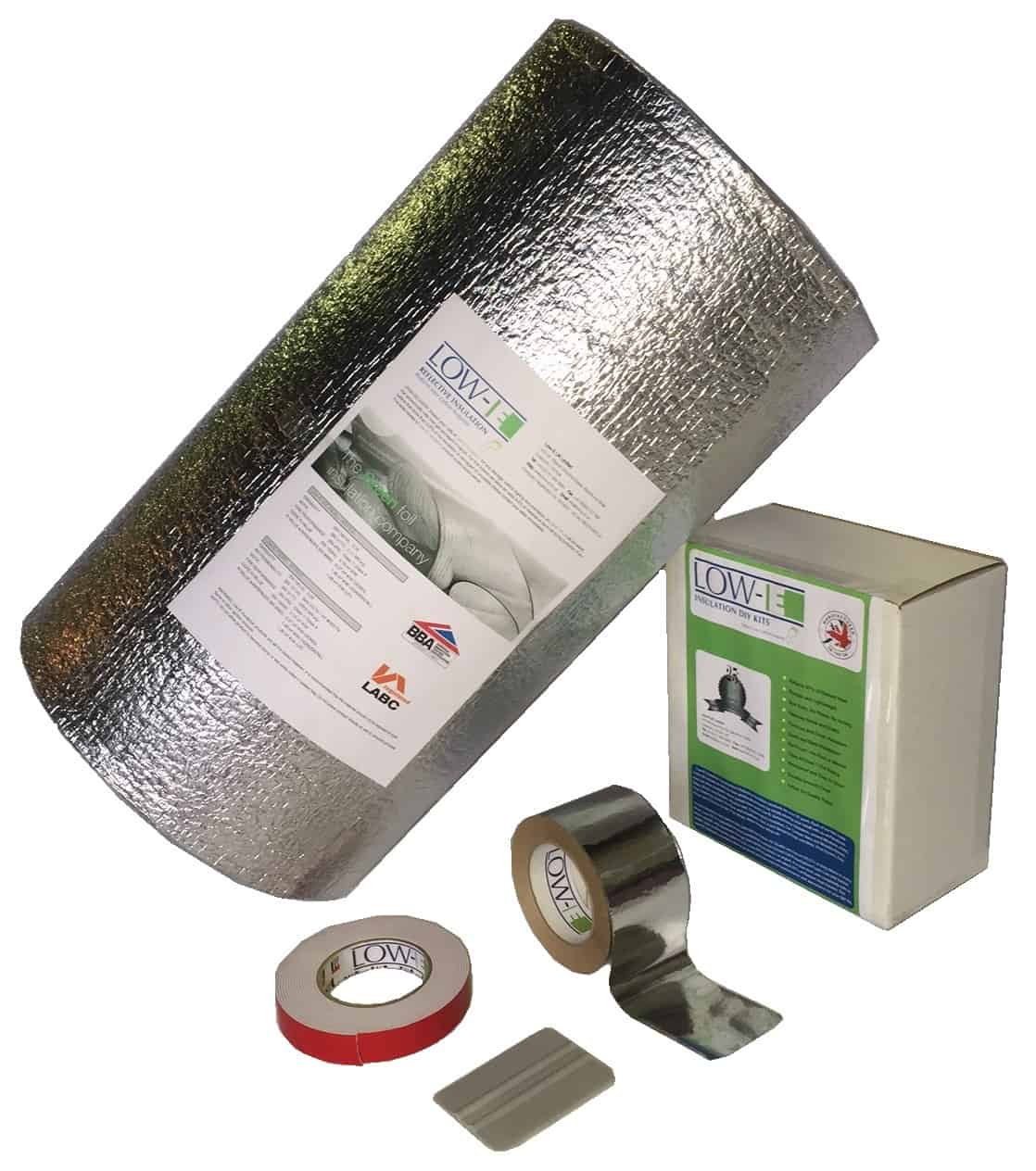

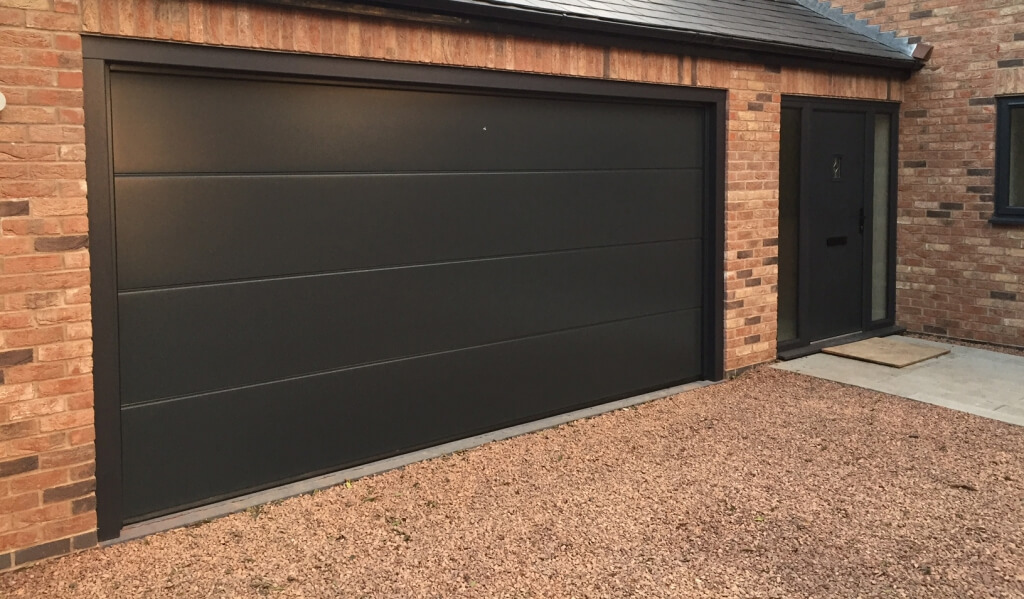
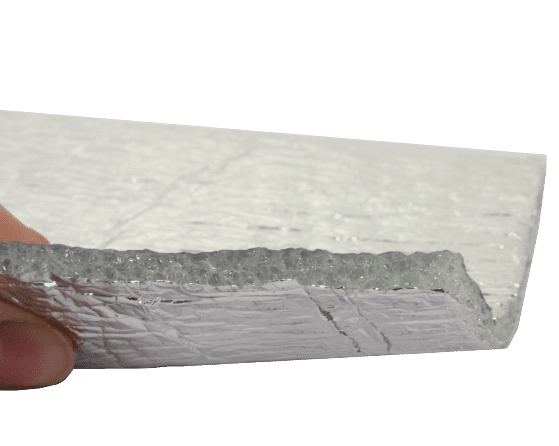


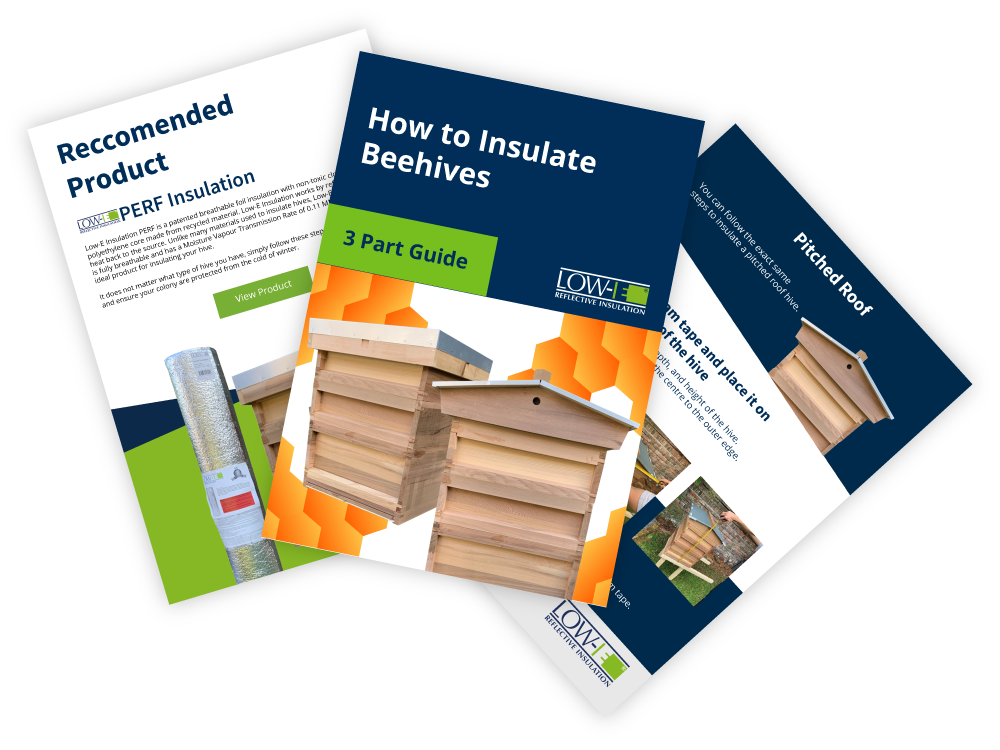
Recent Comments